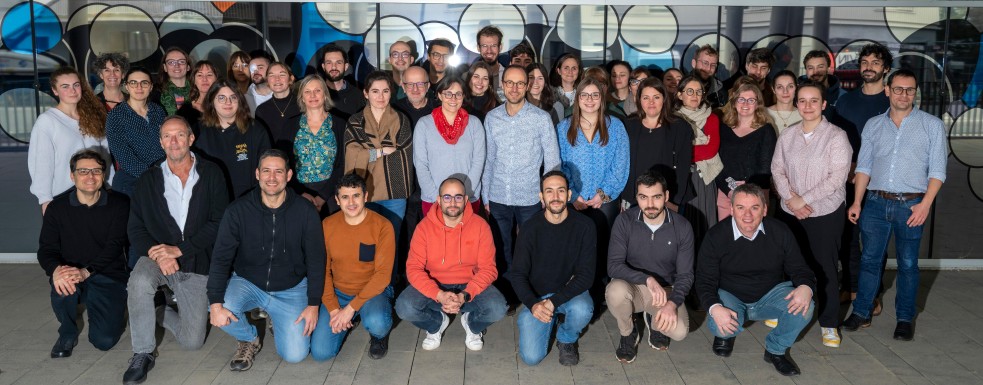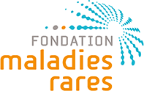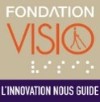- >Discover our teams
- >MitoLab
MitoLab - Mitochondrial PathophysiologyDirector G. Lenaers

Crédit photo : © Inserm / François Guénet
MitoLab is born from the convergence of mitochondrial physiology evaluation and the challenges raised by hereditary and common diseases involving mitochondrial dysfunctions.
Created 20 years ago with the clinic and molecular diagnoses of hereditary mitochondrial pathologies, our expertise and technological skills have improved aiming at building a "bed to bed” continuum of researches, with the perspective to infer novel rational and efficient treatments for patients.
Three fundamental strategic and thematic orientations are developed :
- mitochondrial dynamics,
- maintenance of mitochondrial genome integrity,
- mitochondrial metabolism.
With respect to hereditary and common diseases:
- Dominant Optic Atrophy, Charcot Marie Tooth disease, encephalopathies, and myopathies, myocardial infarction, arterial hypertension,
- Mitochondrial DNA depletion syndromes, progressive external ophthalmoplegia and ovarian failure, intrauterine growth retardation,
- Leber Hereditary Optic Neuropathy, MELAS, Leigh Syndrome, Glaucoma, DMLA, Myopia, Thyroid and Kidney Cancer, Sickle Cell Disease, Endometriosis, Forensic medicine.
MitoLab is a team located at the interface between the University and the University Hospital Center of Angers, bringing together about fifty researchers, lecturer-researchers, doctors, engineers and technicians, post-doctoral and PhD students, Master students and internal in medicine.
The team involves the services of Biochemistry and Molecular Biology, Genetics, Ophthalmology Neurology, Urology and Reproductive Biology.
It also interacts with the services of Gynecology-Obstetrics, Pediatrics, Internal and Forensic Medicine, Cardiology, Endocrinology, and with the National Reference Centers for Rare Mitochondrial Diseases, Neuro-Genetics, Neuro-Muscular Diseases , SLA, Huntington, Neuro-Developmental diseases and Hormonal Receptivity, and the Memory Resource and Research Center.











